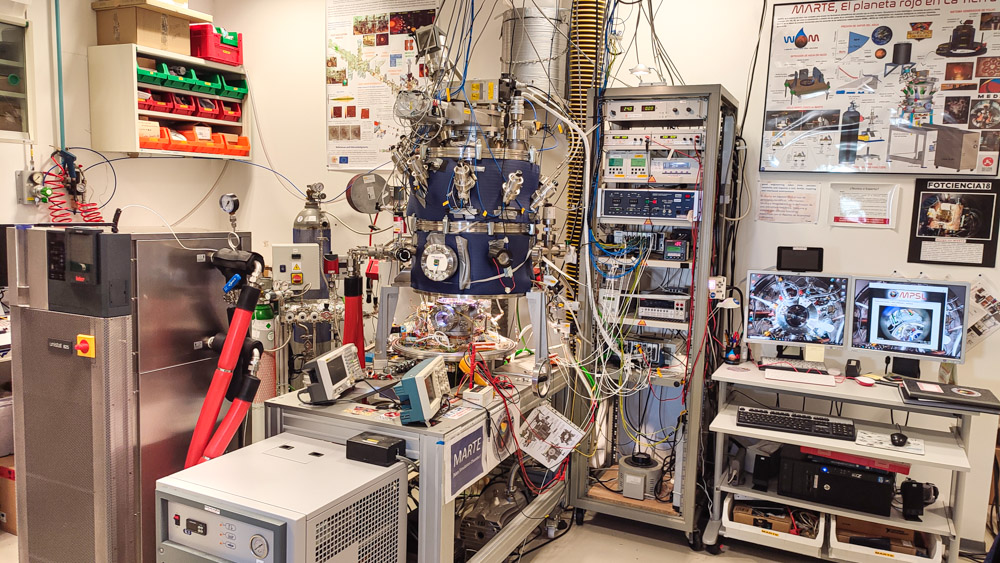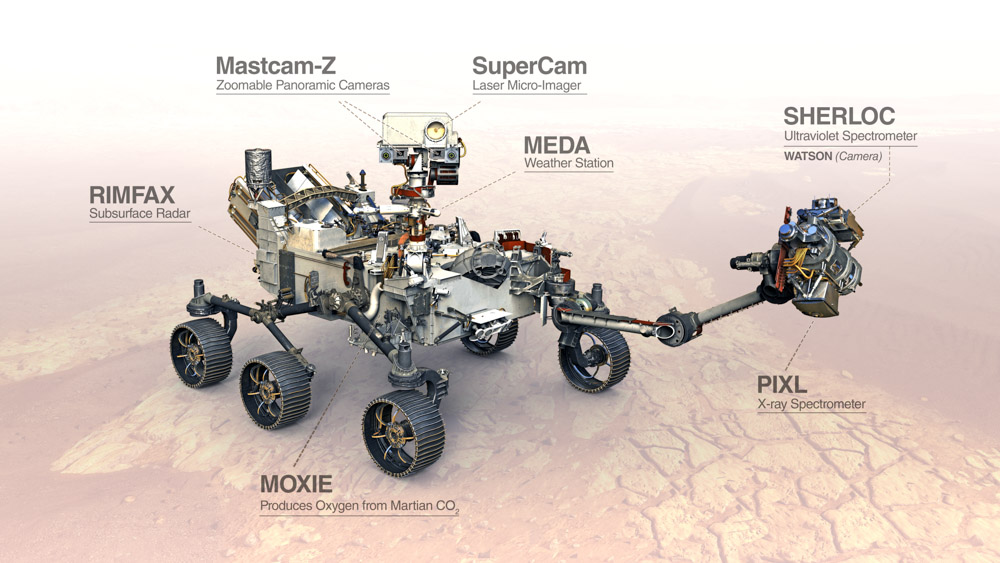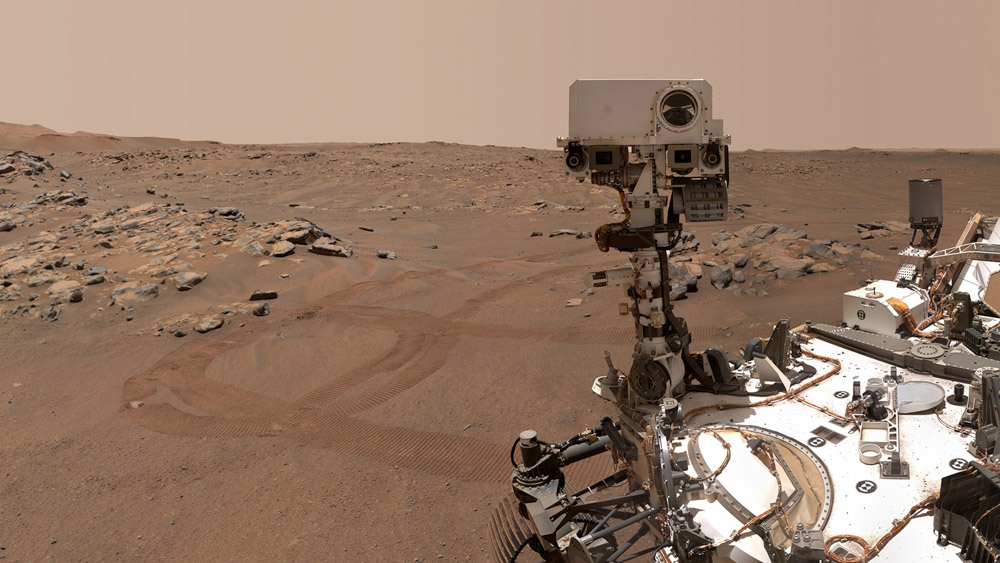Unistat technology for the journey to Mars
The Mars rover "Perseverance" is the largest and most advanced exploration vehicle ever deployed on the red planet. On board the rover are a total of seven research instruments, including the "Mars Environmental Dynamics Analyzer" manufactured in Spain. The Unistat P825 played an important role in the development of the measuring instrument.
The "Mars Environmental Dynamics Analyzer", or MEDA for short, consists of a series of sensors that are responsible for measuring the environmental conditions at the rover's landing site. For this purpose, MEDA contains sensors for measuring wind direction and speed, ground and air temperature, relative humidity, atmospheric pressure, ultraviolet, infrared and visible solar radiation, the properties of airborne dust and also has a camera for capturing images of the Martian sky.

The MEDA instrument was developed at the Spanish Center for Astrobiology CAB (Centro de Astrobiología). The government institute is located in Madrid and is part of the National Institute of Aerospace Technology (INTA) and the Spanish National Research Council (CSIC). It was founded in 1999 and is affiliated with NASA's Astrobiology Institute.
To learn more about Mars and its atmosphere, the Spanish research team has developed various measuring instruments. For this purpose, the so-called MARTE vacuum chamber was constructed, which is able to simulate the environmental conditions prevailing on Mars. The vacuum chamber also includes a Biological Geological Reactor (BGR), in which the physical conditions of Mars are simulated. The measurement instruments can thus be developed and tested under real environmental conditions. In addition to pressure, gas composition and radiation, temperatures on Mars are also simulated in the vacuum reactor. The Unistat P825 is used to simulate the temperature conditions.

The scientist in charge, Dr. Jesús Manuel Sobrado Vallecillo, says: "The temperatures and thermal changes on Mars are very large and can be as high as 90 Kelvin, with the lowest outside temperature on Mars dropping to -85 °C. The temperature on Mars can be as low as -85 °C, which is the lowest temperature on Earth. Simulating the temperature cycles of day and night requires a temperature control solution that allows us to change the temperature within minutes. Huber's Unistat performs this function brilliantly and also offers cost savings compared to cooling with liquid nitrogen. Moreover, in the event of a leak, the room in which work is being done is not at risk."
The tests and simulations carried out with the Unistat in the run-up to the Mars mission have paid off. According to NASA, rock samples from the Mars rover Perseverance indicate that water may have existed on the planet for a long time. However, it will be some time before researchers can analyze the samples themselves: a joint mission by NASA and ESA is not planned until the 2030s to bring the samples back to Earth.
But the vacuum reactor with the Unistat is by no means out of work because of this. On the contrary, the reactor is already being used to simulate other planets, such as Jupiter's icy moon. The research team led by Dr. Sobrado Vallecillo is working on this as part of the "STAR DUST" project, among others. This project is concerned with the exploration of the nanocosmos. One goal is to study the formation of stardust in the laboratory in order to learn more about the habitability of planetary objects.
Peter Huber Kältemaschinenbau AG wishes the researchers continued success and is pleased that its Unistat technology is helping to realize such forward-looking projects.
